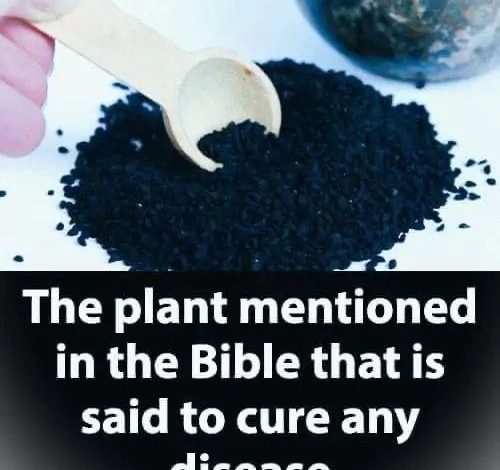Jeremiah 46:11
“Go up to Gilead and get balm, Virgin Daughter Egypt. But in vain you will use many medicines; there is no healing for you.”
This verse highlights the balm’s reputation as a powerful remedy, yet also warns that no earthly cure can override divine judgment.
These references underscore the high esteem in which the Balm of Gilead was held, both as a physical healing agent and a spiritual metaphor.
What Was the Balm of Gilead?
The exact identity of the Balm of Gilead remains a subject of scholarly debate. Several plants have been proposed as the biblical balm, each possessing potent medicinal properties.
Commiphora gileadensis (Biblical Balm)
One of the strongest contenders is Commiphora gileadensis, a plant native to the Middle East that produces a fragrant resin similar to myrrh and frankincense. This resin was widely used in ancient medicines, religious ceremonies, and embalming practices.
Poplar Bud Resin (Populus balsamifera)
Another candidate is the balsam poplar tree, whose buds produce a sticky resin with remarkable anti-inflammatory and antiseptic properties. This resin is still used in natural remedies today.
Other Herbal Remedies
Several other plants native to the biblical region, such as the terebinth tree or mastic tree, have also been proposed as sources of the Balm of Gilead.
Continue reading…
